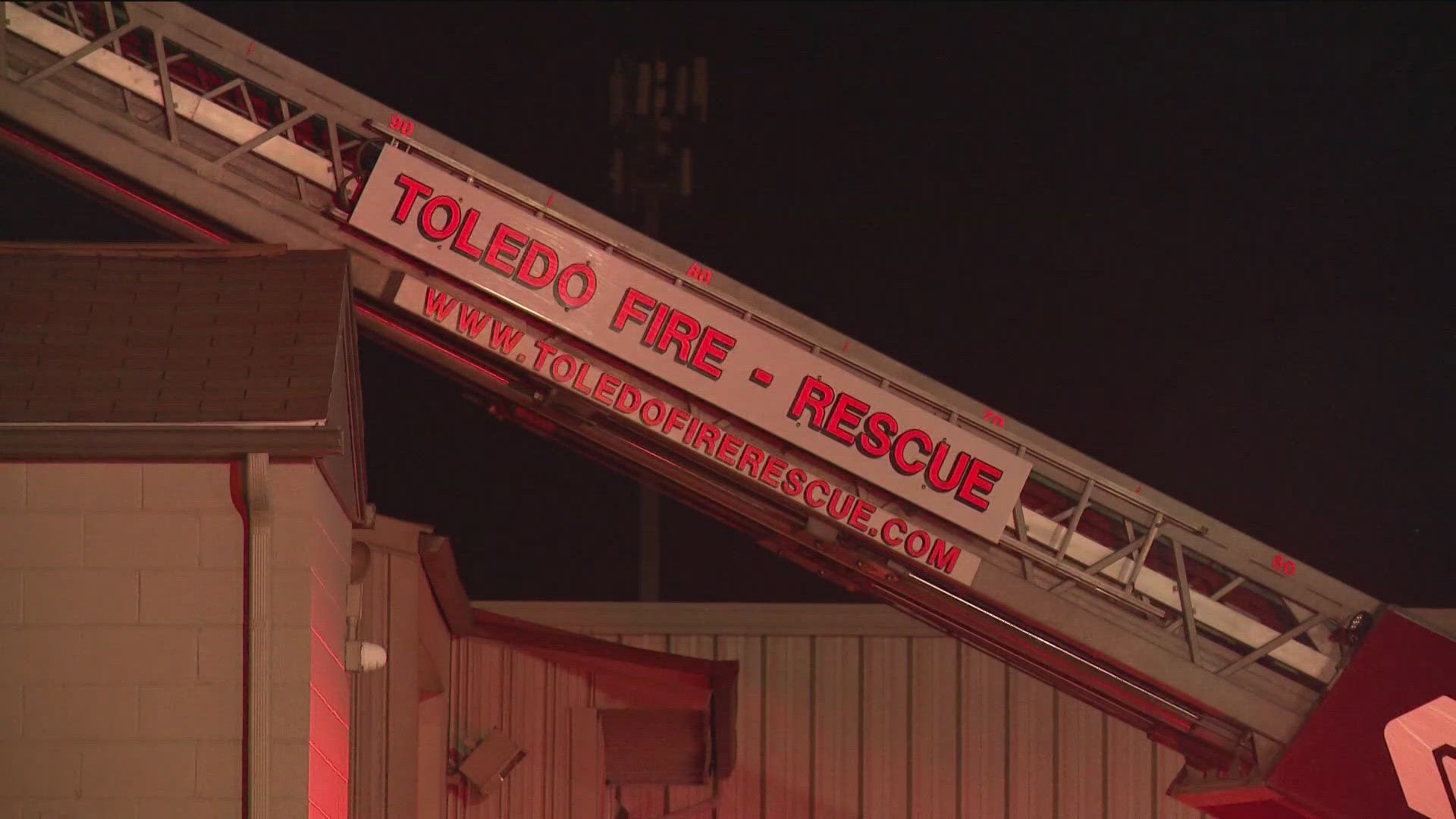TOLEDO, Ohio — There are lots of reasons you want a well-staffed, well-trained fire department in your community.
However, one you may not think of is what you pay for home insurance.
Every four to five years an evaluation is done on fire departments by a private organization called the Insurance Services Office.
The rating is then factored in and used by insurance agencies when deciding how much of your house they can insure.
"The protection class takes that rating and many other factors into consideration when establishing that baseline rate," said Dan Scroggins, the vice president and head of personal lines insurance sales and service with AAA.
He said the rating gets combined with other factors and makes up a protection class.
"The number of fire stations, the number of firefighters, the number of units, the distance of fire stations to the majority of the housing, the number of fire hydrants," Scroggins said.
On a scale from 1 to 10, with 1 being the highest, the city of Toledo's Fire and Rescue Department received a 2 in their ISO evaluation, which is a decrease from their last rating.
"To achieve a class 1 rating, you must achieve a score of 90 on the evaluation. The COT (City of Toledo) received a score of 87.54, a mere 2.46 points shy of the score needed for a class 1 rating," TFRD Chief Allison Armstrong said in a letter.
However, Scroggins said homeowners shouldn't worry as it likely will not impact people's insurance.
"The differentiation between a class 1 which is considered superior, and a class 2, which is still considered very, very good, are going to be very minimal when it comes to insurance impact," Scroggins said.
The letter Armstrong wrote also mentioned that the evaluation comes from three main things they're scored on: water supply, emergency communications including 911 calls and overall fire department operations.
Armstrong explained the evaluations also include a community risk reduction that recognizes community efforts to reduce losses through fire prevention, public fire safety education and fire investigation.
Armstrong wrote that the reason for the lowering in their score is due to training and non-essential activities which have become increasingly challenging due to COVID.
Conducting training and non-essential activities became increasingly challenging during COVID as everyone had to adapt to a global pandemic. One of the other areas that is difficult for the TFRD to obtain maximum points in is facilities training. According to ISO, a facility is defined as a 3-story training tower on at least 2 acres of property with a burn room, smoke room, or burn prop. Unfortunately, we do not have a facility that meets this definition within the COT. Many times this realistic, hands-on training is conducted at an acquired structure (house or commercial building) but it does not meet the ISO required definition of a “facility." The TFRD is currently exploring options to improve access and hours completed for the facilities training category. In addition, the TFRD administration has identified areas where additional points can be achieved and are working diligently to improve those areas for the next evaluation.

